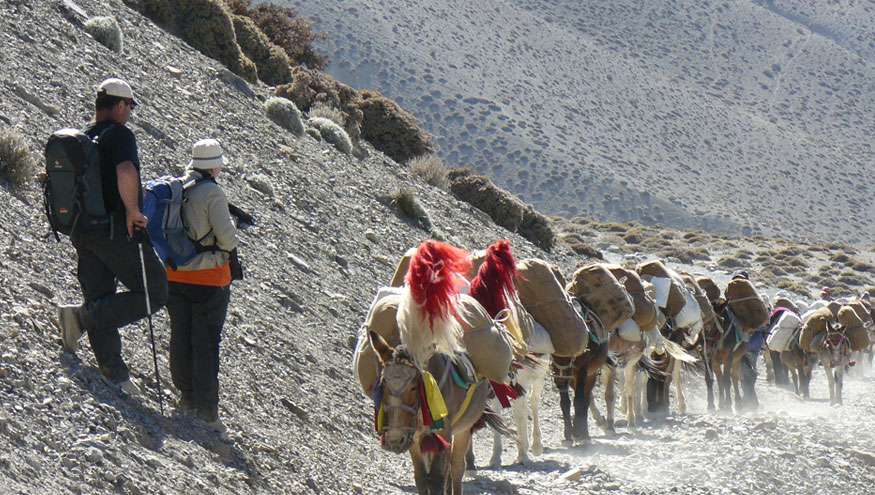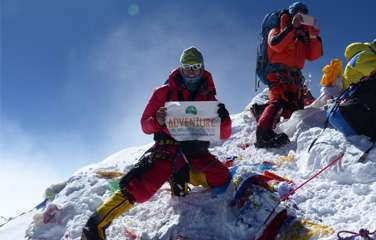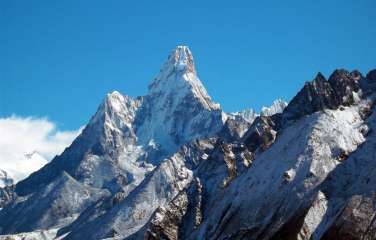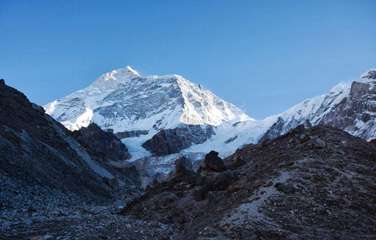About Dhaulagiri Expedition
Dhaulagiri Expedition takes you to the top of the seventh highest mountain in the world, Mt. Dhaulagiri. Standing 8,167 meters above the sea level, Dhaulagiri has 5 ridges and 2 faces in South and Western perspectives. The mountain is surrounded by Churen Himal Main (7,371 m), Gurja Himal (6,342 m), Putha Hiunchuli (7,246 m), and Junction Peak (4,235 m). You can find the exact location of this mountain with coordinates 28°41’48''N latitude and 83°29'42''E longitude. In 1960, a Austrian, Swiss, and Nepali Expedition team first climbed Mt. Dhaulagiri. To become part of this adventurous journey, get in touch with us.
Ama Dablam Expedition route (Northeast Ridge)
Dhaulagiri Advanced Base Camp (4,748 m)
We operate Dhaulagiri Expedition from Southeast, Southwest and the Northwest as well, however northeast ridge is the common route we prefer for climbing Mt. Dhaulagiri. From Majhangdi Khola, you ascend along a gorge between Dhaulagiri I & II to reach the base camp. You will be spending numerous days on the base camp, therefore we will be setting a permanent camp here. While staying on the base camp, you will frequently go on short hikes. Your team leader will teach you the proper use of gears and climbing techniques.
Camp I (5,450 m)
From the base camp, you will walk for around 5 to 6 hours to reach Camp I. Following a mixed terrain, you ascend to a ridge known as Jacob's Ladder. This part of the trail will be moderately technical and involves limestone & snow climb. Further, you will encounter grassy slopes, rock slabs, and moraines before reaching Camp I.
Camp II (6,400 m)
From Camp I to Camp II, it is short and moderate climbing. You have to walk for around three and a half hours to reach Camp II. The trail is safer and more on the easy side today. Ascending along on the snowy path, you pass by steep blue ice at 35-40º slope and reach Camp II, which is suited above a snowy terrace.
Camp III (7,400 m)
To reach Camp III, you have to walk for around 4 to 5 hours. It is the longest distance of 1,000 meters. Your team leader will fix the rope throughout the route to make the walk safer. The trail gradually ascends on sustained slopes with high exposure to cold, sun, and wind as you gain elevation. This area is also prone to avalanches.
Dhaulagiri Summit (8,167 m)
Today, you begin trekking around midnight to reach the summit timely. From Camp III, you slowly ascend towards the summit following the steps of your team leader. Before the final summit lies a false summit. You will walk using a fixed rope of 800 meters below and above the serac. Also, you reach another 100 meters of fixed rope to reach the summit. After reaching the summit, you retrace the same path and descend to lower camps for night stay.
Variation & Custom Itinerary
If you want to explore more parts of the Annapurna region, then we recommend you go for Annapurna Circuit Trek or Annapurna Base Camp Trek. We do offer private expeditions for Mt. Dhaulagiri, where you can create a custom Dhaulagiri Expedition itinerary that will fit your needs and requirements.





